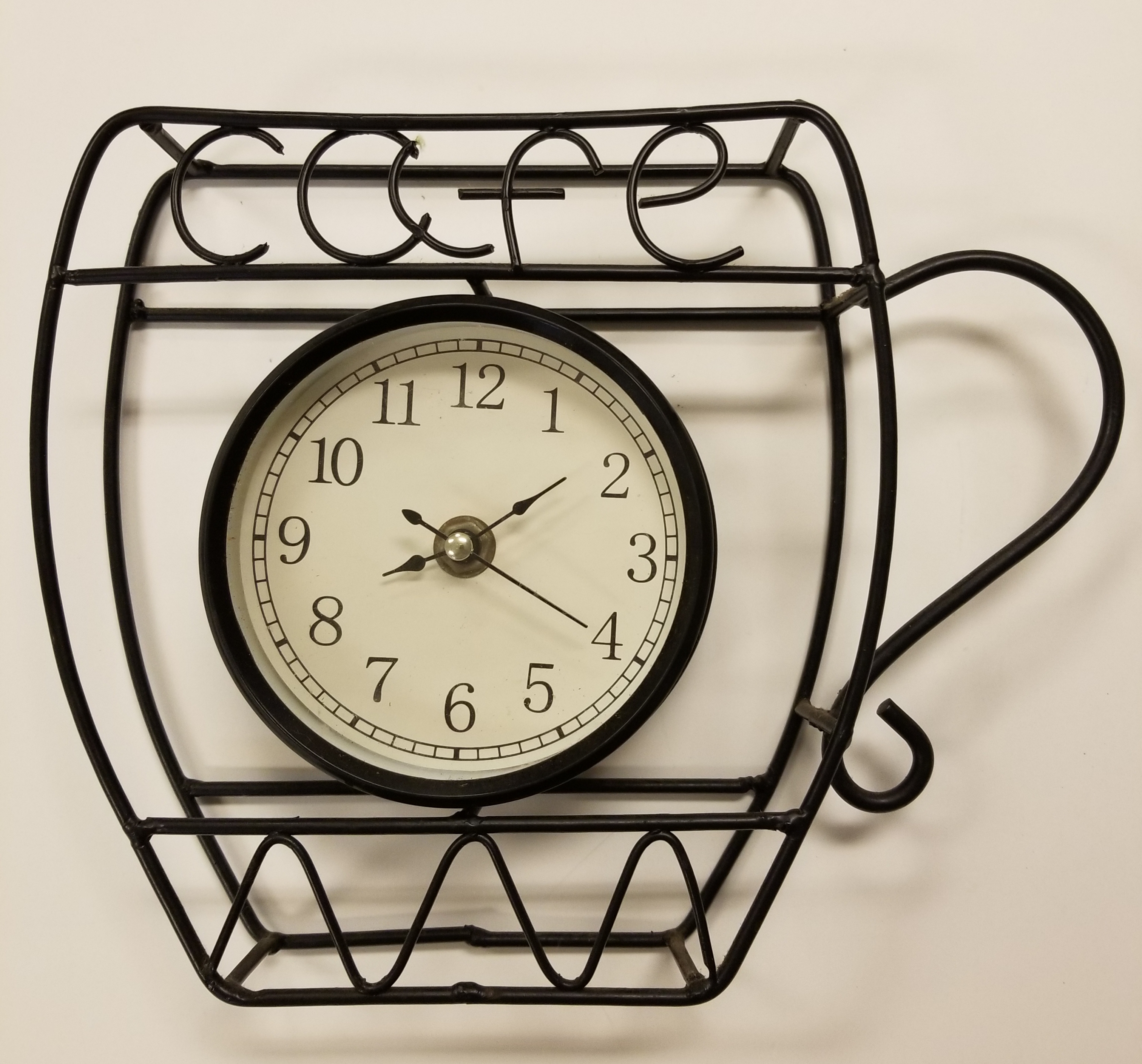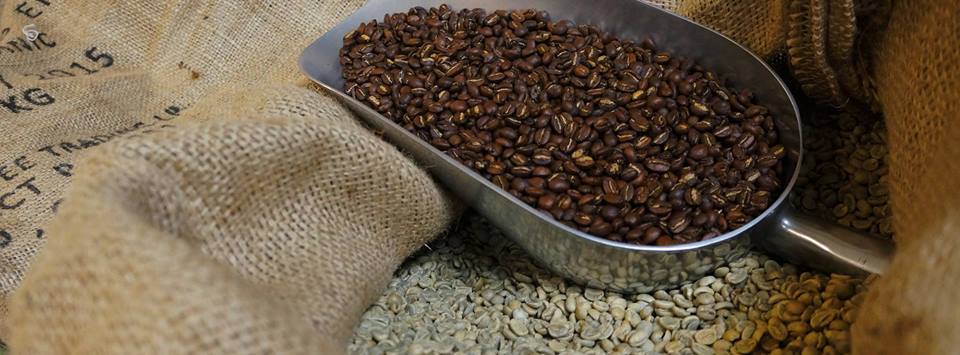Seed to Cup; Give it a Minute
Good things come to those who wait…right? In the case of coffee, this is very true.
Patience is rewarded when it comes to coffee. Coffee requires time, no matter what stage of preparation it’s in. From growing the coffee cherry, which takes approximately three to four years to get to the first harvest, to the processing of picked beans and shipping, coffee is one of those delicacies that takes a time investment. Even when brewing.
One notable exception is grinding. But this quick effort also sends your coffee on the road to extinction, in terms of quality. Once ground, you want to get it into your cup as soon as possible to maintain the integrity of its flavors.
Growing requires persistence as well, while the rest of the methods in pursuing the perfect cup of coffee are more involved.
Processing the plucked coffee cherries involves either the dry or wet method. Dry coffee processing is the ancient form, used in regions with little water, or by smaller farms. Once picked, the cherries are spread out on large, usually raised beds to dry in the sun for about 15-20 days. Turning them occurs regularly so they avoid fermentation and dry uniformly.
Wet processing expedites the drying, though that sounds counterintuitive. Water is used to clean the cherries and separate the beans. They’re then put through a machinated pulping method to extract the ripe beans (if not ripe, they don’t come free). Mucilage surrounding the bean is hopefully removed during this process, leaving just the flavorful center, which takes approximately 24 hours. Beans are then dried in the sun, or by another machine.
Next Steps
To ready the coffee beans for brewing, it takes an expert roaster. Here at Wood-Fire Roasted Coffee Co., Roaster/Owner Tim Curry first analyzes the beans, focusing on the flavor profiles and regional characteristics. Then, it’s experimentation time, trying different roasts to find the best possible expression of the beans.
Once Tim determines the idyllic level of roast, the beans then need time to “set up”, which takes anywhere from a few hours to days for them to reach their true flavor potential.  Why?
Why?
During the roasting process, CO2 develops within the coffee bean. This is a natural reaction that is a byproduct of pyrolysis or the Maillard effect.
As shared in Handground.com, “The Maillard Reaction is responsible for turning a few dozen compounds inside the coffee bean into hundreds, even thousands of aromatic compounds that make up the unique flavors of coffee. These compounds include the organic acids (citric, acetic, and malic acids to name a few) that give coffee its brightness. Other compounds like aldehydes, furans, and pyrazines give coffees their range of flavors like sweet, earthy, caramel, butterscotch.”
The CO2 presence can, in drip-brewed or French-pressed coffee, create a barrier around the coffee grounds, inhibiting the extraction process leaving some of the wonderful flavors languishing inside the spent grounds.
With espresso that same carbon dioxide becomes even more impactful. Not only can it interfere with the extraction process, but the addition of pressure to the heat and water will create carbonic acid. This will give your shot a sour character.
The solution? After purchasing a bag of whole beans from the roaster, let them rest a bit before brewing.
How Long Should Coffee-Lovers Let Freshly Roasted Beans Rest after Purchasing?
The first step, purchase beans, preferably with a “Roasted On” date.
Next, depending on what type you purchased and from where, allow them to rest before grinding, or, with some, you can jump right in.
Some coffees do like a little more rest than others, however. In some cases, eight to 12 hours is sufficient to start brewing. If you’re finding your coffee to be a bit harsh or astringent, let the beans rest longer.
 For espresso, enough of the carbon dioxide has dissipated post-roast to alleviate most of the carbonic acid impact after three or four days. Your best-use range for espresso is four to 14 days after roast, with another week after where the coffee will still be very good.
For espresso, enough of the carbon dioxide has dissipated post-roast to alleviate most of the carbonic acid impact after three or four days. Your best-use range for espresso is four to 14 days after roast, with another week after where the coffee will still be very good.
Whereas, for drip or French press-brewed coffee, you can jump right in as soon as it is roasted.
However, there are also flavors that will only be experienced in the first few hours after roast, so don’t be afraid of trying your coffee right out of the roaster either. Just know it will improve with a little time. Tim likes to experience the entire life of the bean. After 14 days, oxygen begins to create a staling effect and becomes more pronounced in the flavor. At 21 days, your beans will likely be too stale.
Helpful in relieving any residual CO2 content within beans, rested or otherwise, is letting them bloom 0in a French press, Chemex or brewing contraption, then let the beans bloom for about 30-45 seconds, a process you’ll see occurring by the small bubbles forming on top.
Generally, lighter roasts will need a bit more time to rest as the beans are harder and denser. They will have less CO2 that has developed, but the CO2 can’t escape as readily. This can be observed in the bloom; lighter roasted coffees have a gentler bloom than darker, less dense coffees.
Even after brewing, the coffee likes a minute to settle down. You can see this as the coffee changes as it cools. The optimum temperature for tasting coffee is around 140 degrees. However, the test, in this roaster’s opinion is how the balance in the cup maintains itself through the life of the cup. For instance, bitterness is more notable in hotter coffee because our tongues don’t perceive sweetness as readily at higher temperatures and any overly sour tones will become prevalent as the coffee cools below 115 degrees. The “Sweet Spot” for your cup is between about 140 and 115 degrees as this is where the coffee has the greatest balance of all aspects of its profile.
At the end of the process, relish in the multi-faceted flavors and aromatics emerging from your cup, and be aware that giving it a minute might just be the best way to have the optimal flavor experience.
Thank you Natasha Bourlin of Passport and Plume


